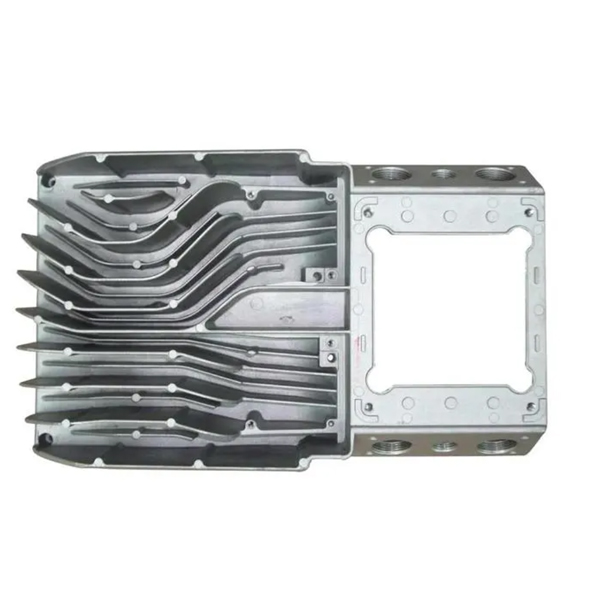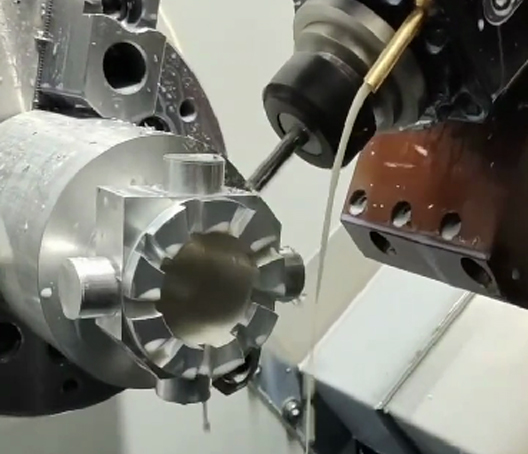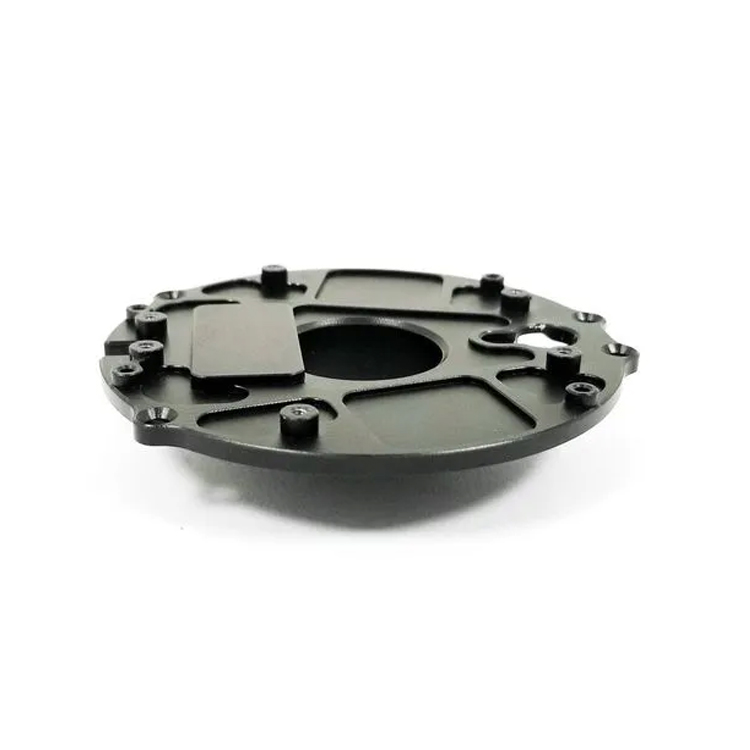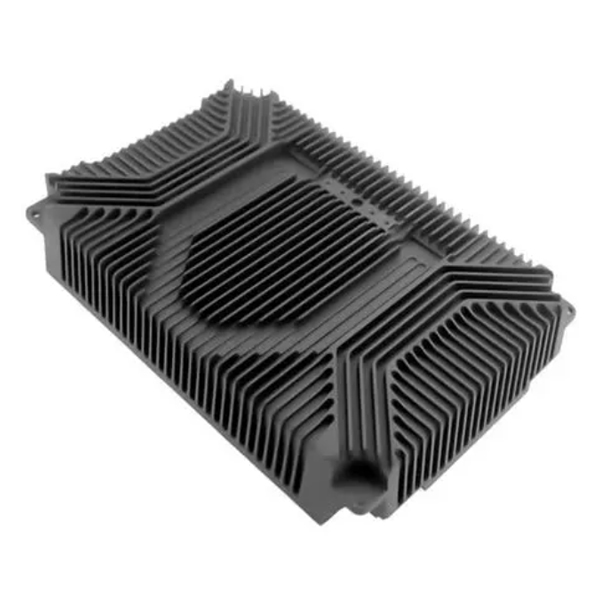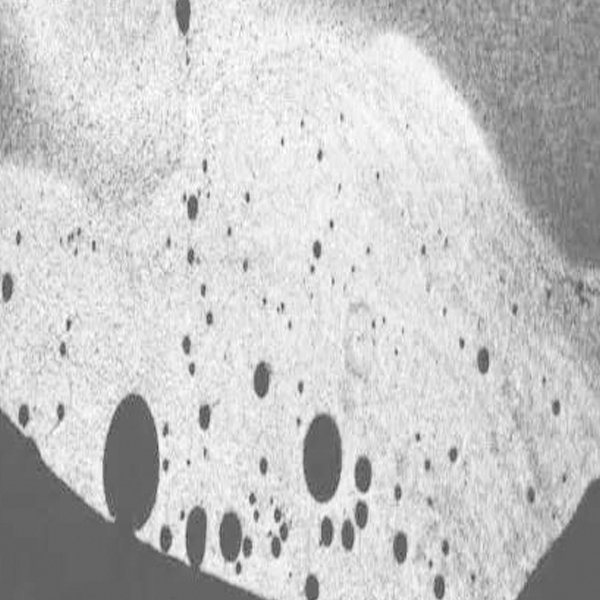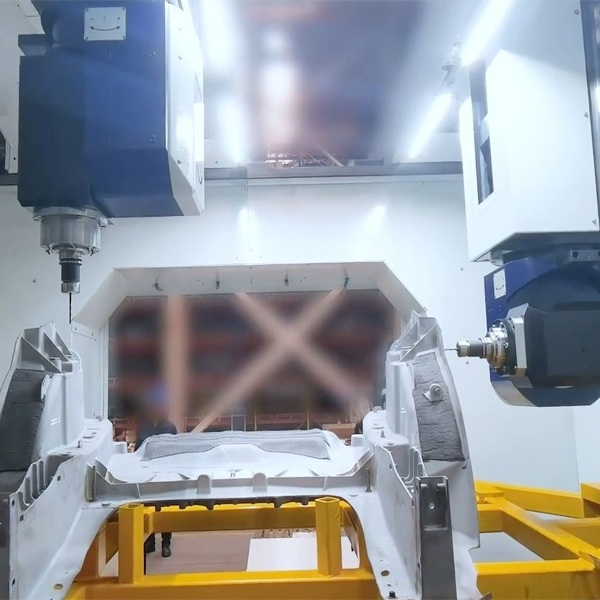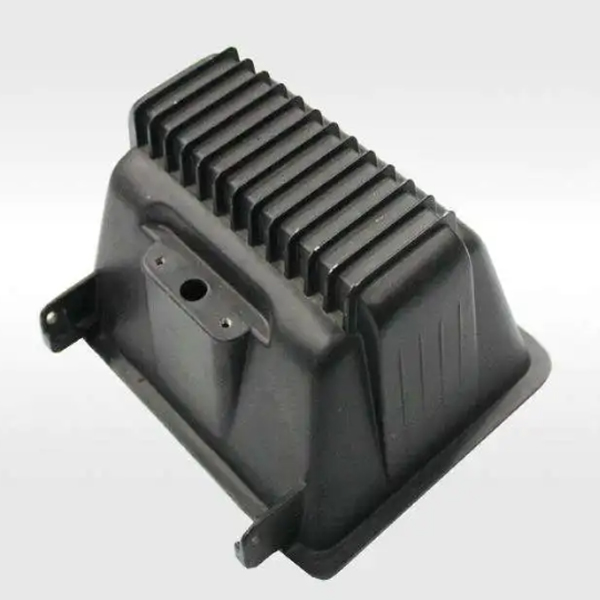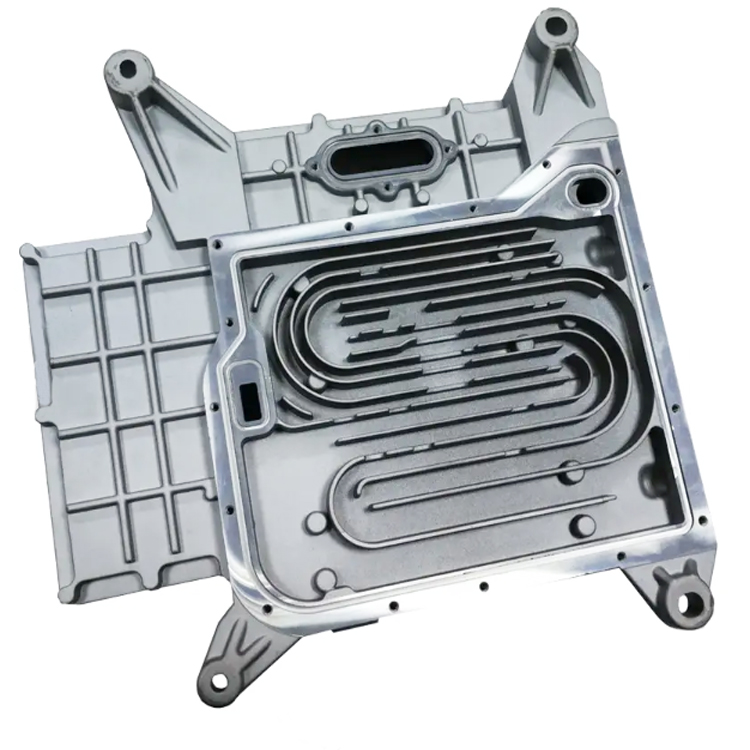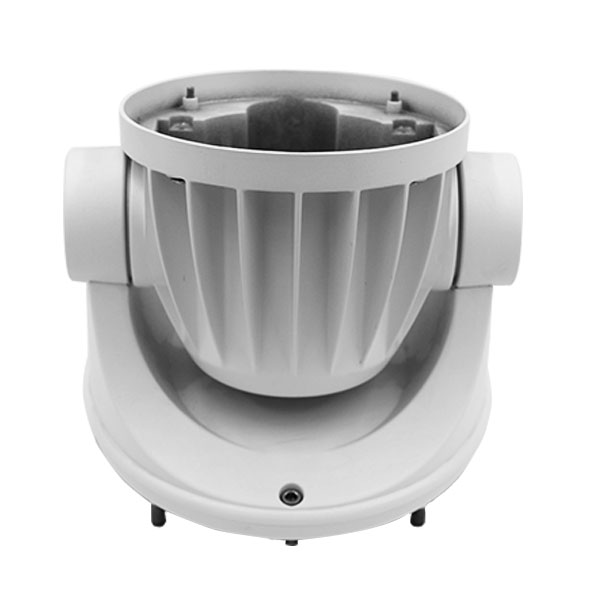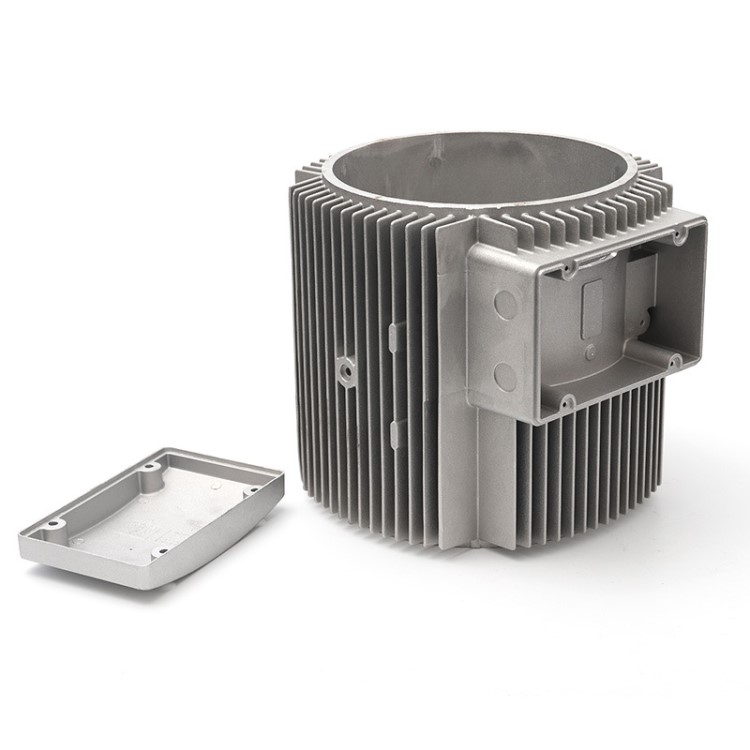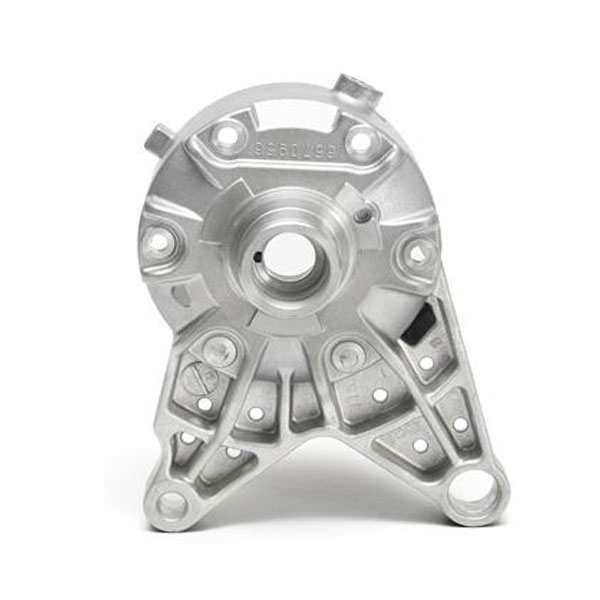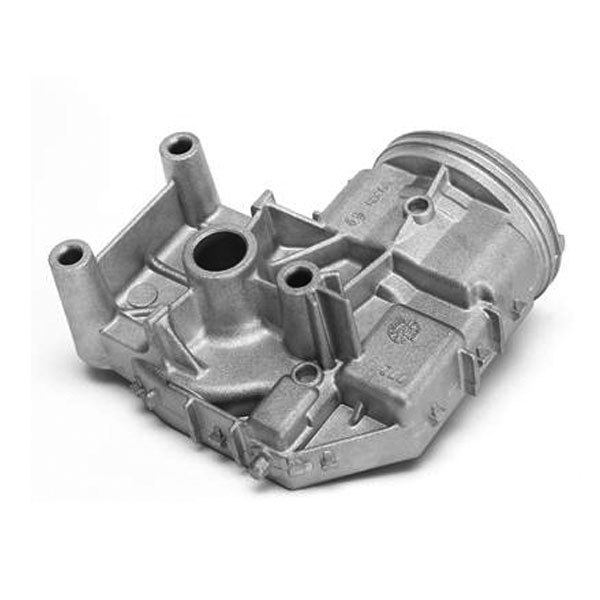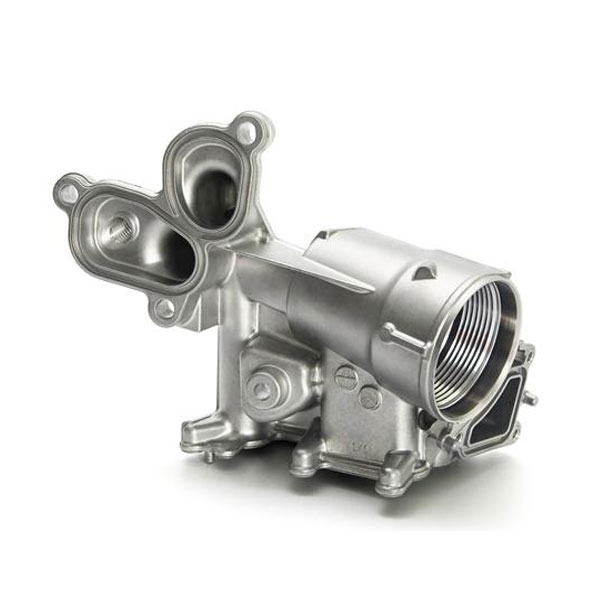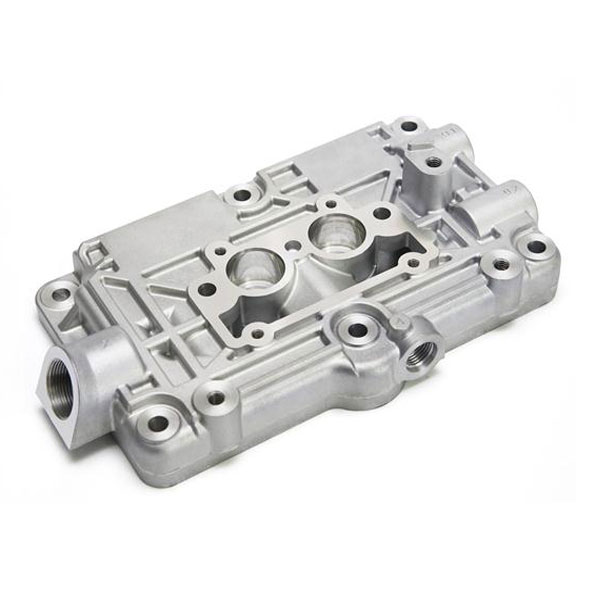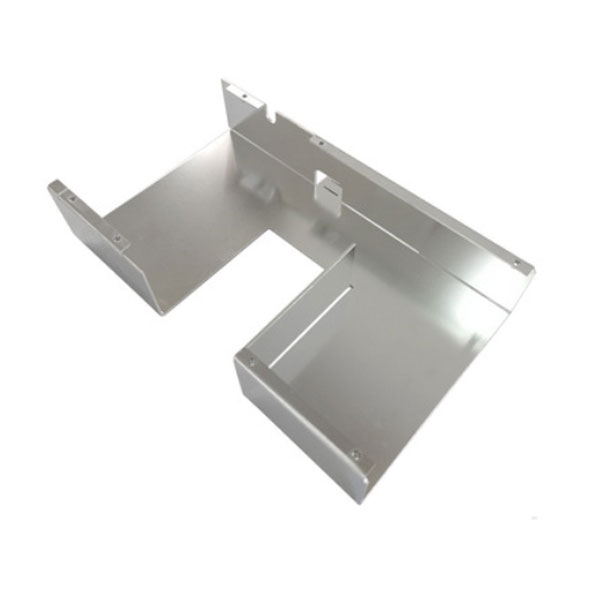The die casting is a typical manufacturing process used to produce thin walled components with complex shapes. Thin wall die casting is particularly suitable for applications where lightweight is required, such as automotive, electronics, and appliance industries. Here are some key points to understand about thin wall parts die casting:
1. Definition of Thin Wall Parts: Thin wall parts typically refer to components with wall thicknesses considerably thinner than common products. These parts may have wall thicknesses ranging from 1mm to 3mm (0.04 to 0.12 inches) or even thinner.
2. Materials: Thin wall parts can be die casted via various materials,such as aluminum, magnesium, and zinc alloys. Material selection depends on the specific requirements of the part and its intended application.
3. Process Overview:
- Tooling and Mold Design: The die casting process begins with the design and creation of specialized tooling and molds. The molds are designed to accommodate the thin wall geometry of the desired part.
- Melting and Injection: The chosen metal alloy is melted in a furnace and injected into the die cavity under high pressure. The high pressure helps ensure that the molten metal fills the thin sections of the mold properly.
- Cooling and Solidification: After injection, the molten metal rapidly cools and solidifies within the mold. Proper cooling is critical to prevent defects and maintain the integrity of the thin wall sections.
- Ejection and Trimming: Once parts solidified, they are ejected from the mold. Any excess material or flash is removed through trimming and machining processes.
4. Key Challenges:
- Porosity and Shrinkage: Thin wall parts are more susceptible to porosity and shrinkage defects due to their reduced cross sectional area. Proper design and control of the casting process are essential to minimize these issues.
- Cooling: Managing the cooling process is crucial to prevent premature solidification and ensure uniform wall thickness in thin wall sections.
- Tooling and Mold Considerations: Specialized tooling and molds with precise control over the flow of molten metal are required to successfully produce thin wall parts.
5. Advantages:
- Lightweight: Thin wall parts are lightweight,which make them ideal for applications where weight reduction is a priority.
- Complex Geometries: Die casting allows for the production of intricate and complex shapes that are difficult to achieve through other manufacturing methods.
- Cost-Effective: Die casting can be a cost-effective method for producing large quantities of thin wall parts with high dimensional accuracy.
6. Applications: Thin wall parts are used in a wide range of applications, including automotive components, electronics housings, consumer electronics, and medical devices.
Thin wall parts die casting is a specialized branch of die casting that requires expertise in mold design, process control, and materials. Successful production of thin wall parts demands careful attention to detail to ensure that the final components meet the required specifications and quality standards.

